revelation:
laag
16 years ago
Related Stories

DECORATING GUIDES12 Rooms That Revel in Bohemian Opulence
Swathed in rich textiles and colors perfect for fall, rooms with boho flair show a freewheeling spirit and an eye for irreverent design
Full Story
VINTAGE STYLERevel in Retro With Vintage and New Kitchen Appliances
Give your kitchen old-fashioned charm with refrigerators and stoves that recall yesteryear — even if they were made just yesterday
Full Story
SHOP HOUZZShop Houzz: Revel in a Retro Kitchen
Fun and bright vintage flavors to suit your taste, in appliances and accents
Full Story0
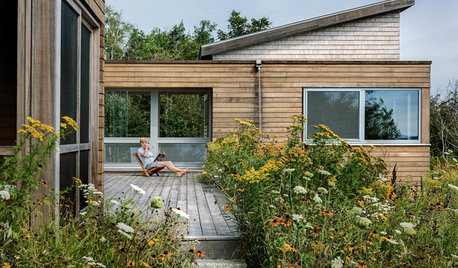
GARDENING GUIDES3 Ways to Revel in Summer Garden Sweetness
Patiently observe what works and doesn’t work in your landscape
Full Story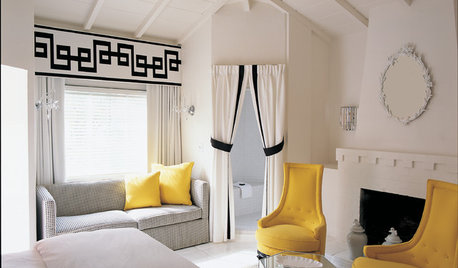
TRAVEL BY DESIGNTravel in Style: 10 Designer Hotels to Inspire You
Pick up some decorating ideas or just revel in the decor and furnishings of these eye-popping hotels by famous designers
Full Story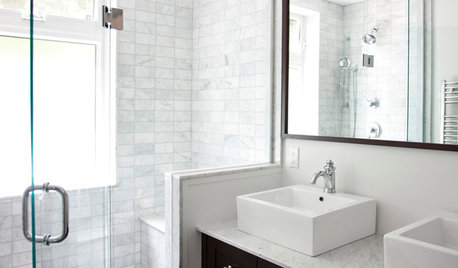
BATHROOM DESIGNAiry Bathrooms See the Light
A breezy bathroom can be a revelation. These 8 ideas will help you lighten up yours in surprising ways
Full Story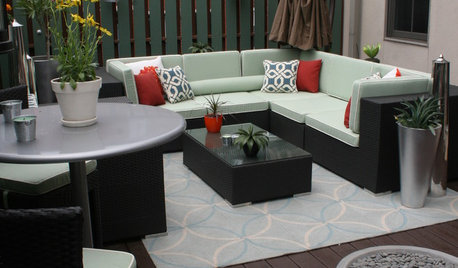
GARDENING AND LANDSCAPING7 Ways to Create a Gorgeous Outdoor Room
Revel in the sights and scents of spring on a patio or in a garden corner decked out in comfy interior style
Full Story
COLORColor Me Dazzled: The Saguaro Hotel in Palm Springs
No dusty neutrals for this desert hideaway — The Saguaro hotel revels in electrifying color from every arc of the rainbow
Full Story
EVENTS15 Art and Design Events to Know for February
Revel in a month’s worth of art, gardening, architecture and more
Full Story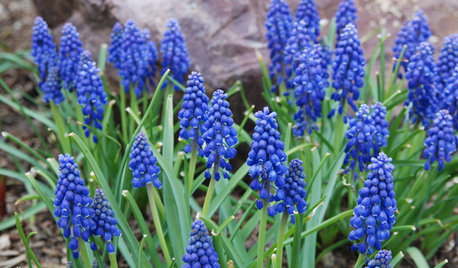
REGIONAL GARDEN GUIDESNortheast Gardener's April Checklist
Revel in the wonders of spring by babying bulbs, sprinkling seeds for root crops and setting out some nibbles for the birds
Full Story





inkognito
stevega
Related Professionals
Wixom Landscape Architects & Landscape Designers · Canyon Lake Landscape Contractors · Hoffman Estates Landscape Contractors · Holtsville Landscape Contractors · Peachtree City Landscape Contractors · Waipahu Landscape Contractors · Webster Groves Landscape Contractors · Shenandoah Landscape Contractors · Raytown Landscape Contractors · Asheville Decks, Patios & Outdoor Enclosures · Crystal Lake Decks, Patios & Outdoor Enclosures · Haddonfield Decks, Patios & Outdoor Enclosures · Miami Decks, Patios & Outdoor Enclosures · Redlands Decks, Patios & Outdoor Enclosures · Decks, Patios & Outdoor Enclosuresyojimbo
laagOriginal Author
yojimbo
nandina
yojimbo
laagOriginal Author
inkognito
yojimbo
inkognito
yojimbo
JerryatTreeZoo
Jando_1
JerryatTreeZoo
inkognito